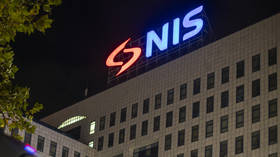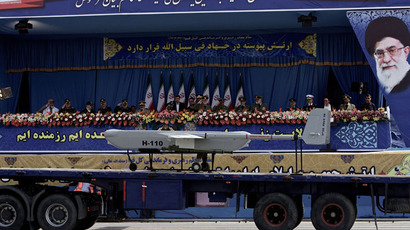Passenger drone: Unmanned plane takes maiden flight over UK skies

Large civilian planes remotely operated by a controller on the ground could become a reality within just a few years, after British aerospace giant BAE conducted a successful overland UK flight of an unmanned prototype for the first time.
“I believe we are writing a new chapter in aviation history,” said Lambert Dopping-Hepenstal, director of the £62 million government-backed ASTRAEA (Autonomous Systems Technology Related Airborne Evaluation & Assessment) program, which is developing the sophisticated sensors that allow the plane to respond to outside conditions without the help of human eyes on-board.
The Jetstream 31 – an expensive experimental project known as ‘The Flying Testbed’ that looks much like an ordinary 16-seater training plane – took off from Lancashire in northern England, and landed safely 500 miles away in Inverness in Scotland.
As a precaution, two pilots sat in the cockpit, while the entire flight was conducted by an operator back at base.
"The pilots were sitting there having a coffee. They did not have to do anything," said a BAE spokesman.

Flying a plane from the ground takes more than just building a
remote control.
Using an automated visual detection system, the plane automatically steers away from dangerous weather formations as it sees them, while its antennae pick up signals from nearby aircraft to avoid them. The Jetstream 31 also scans the ground for potential safe landing zones in case of emergencies. In the past, the lack of “sense and avoid” technologies and other features that would ensure that drones do not cause danger to manned planes were seen as the key stumbling block for letting them into civilian skies.
Dopping-Hepenstal admitted that it was “early days”, but said these on-board innovations “will likely impact all of us in the next five, ten, 20 years as unmanned aircraft and associated technology develop and become a part of everyday life.”
UK’s air regulators have already given out permits for several hundred light drones to share airspace with manned planes. But in the future larger craft using the technologies piloted by ASTRAEA could be used for extended rescue, patrol or pursuit missions, where time would be lost by having to return to base to refuel and change pilots. Whether eventually passenger planes also become remotely operated, will depend on more than just engineering capability, but social attitudes.
"It's not just the technology, we're trying to think about the social impact of this and the ethical and legal things associated with it," said Dopping-Hepenstal.
“These latest trials help prove the technology we need to routinely operate unmanned aircraft in our airspace and also help the regulators develop the framework in which the aircraft can operate."
US air regulator FAA has insisted that drones be integrated into the civilian airspace by 2015, and the UK plans to do so by the end of the decade.














